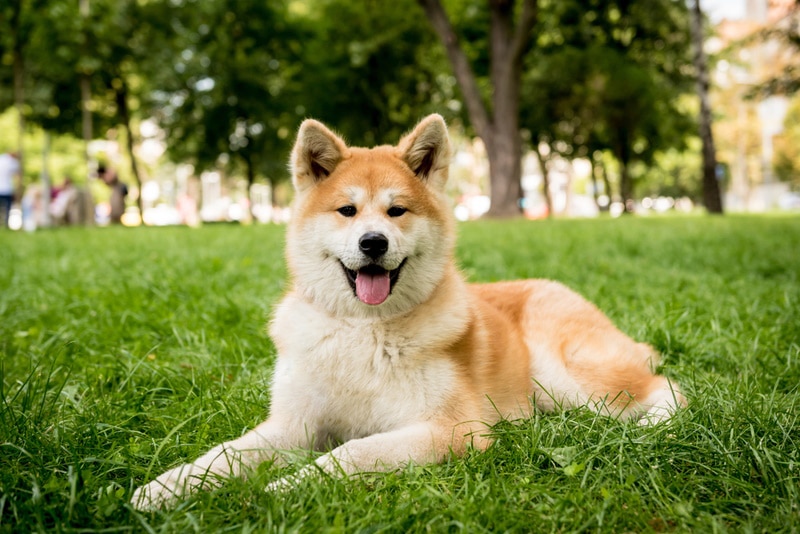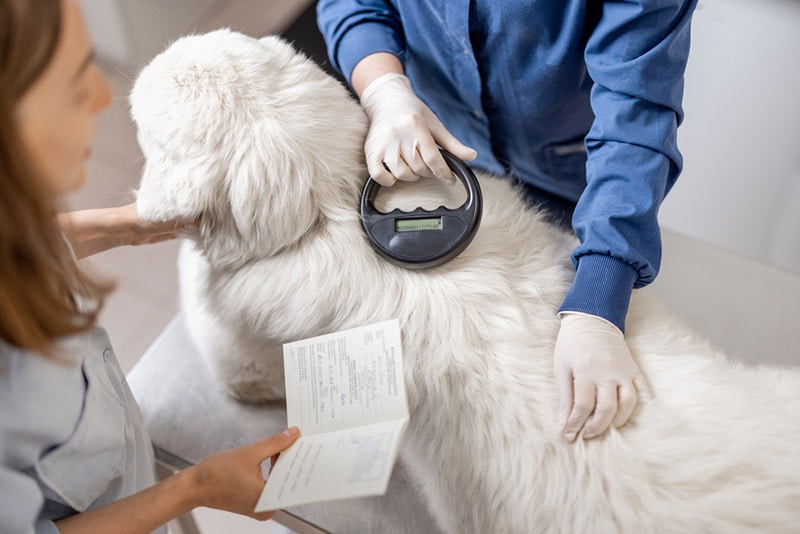Australian Labradoodle vs Goldendoodle: The Differences (With Pictures)

Updated on
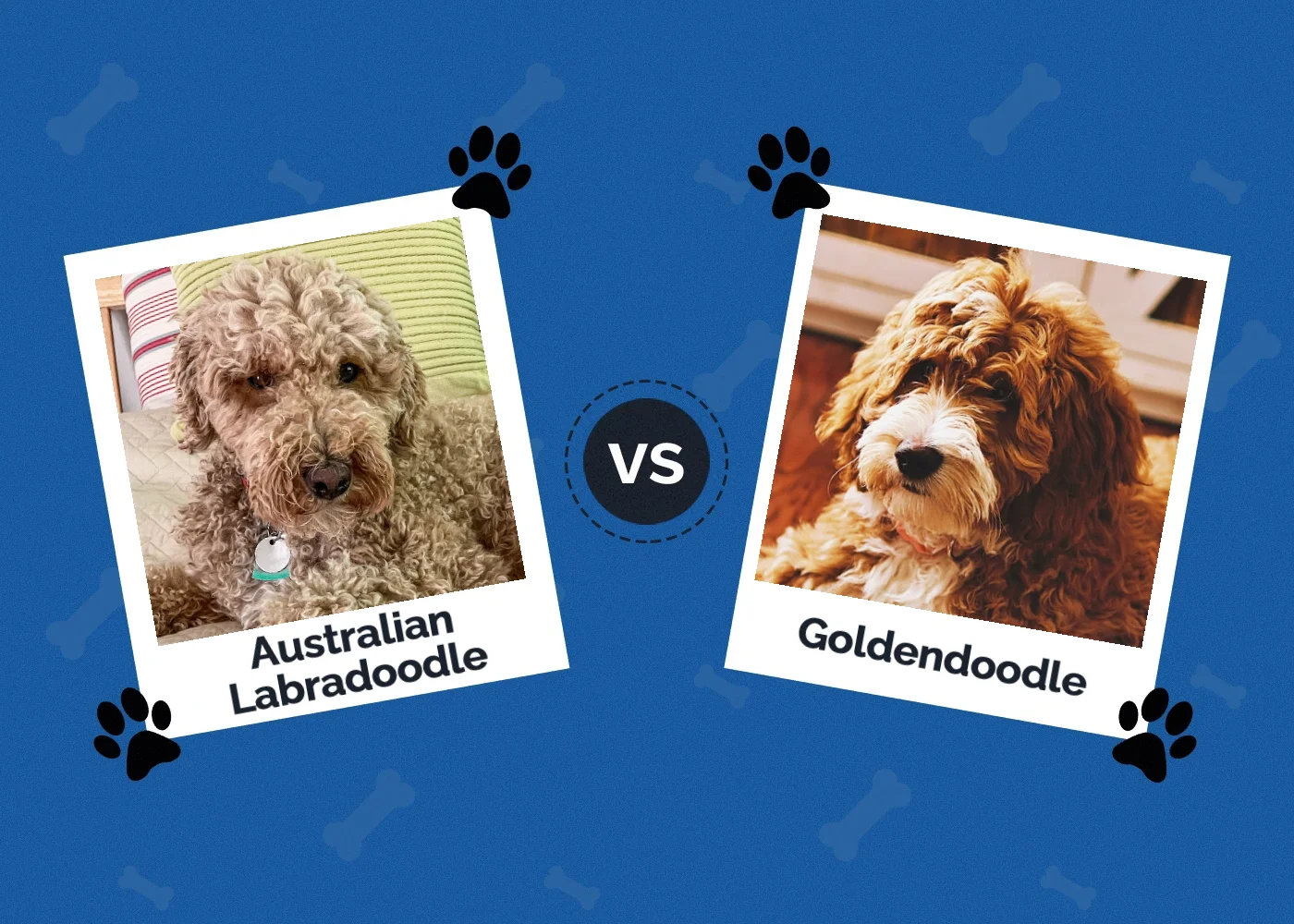
Click to Skip Ahead
Australian Labradoodles and Goldendoodles have a lot in common, including the Labradoodle genes, the signature woolen coat, and the affectionate personality of the retriever breeds. However, there is a major difference between the Australian Labradoodle and the Goldendoodle. Goldendoodles are a mix of Golden Retrievers and Poodles, whereas Australian Labradoodles are bred in Australia and may be a mix of Labradors, Poodles, Spaniels, and Curly Coated Retrievers. This gives the Australian Labradoodle some distinct traits compared to the Goldendoodle.
If you’re considering a Doodle, take a deeper look at the similarities and differences between the Australian Labradoodle and the Goldendoodle to see which is the right choice for your lifestyle.
Visual Differences

At a Glance
- Average height (adult): 22–24 inches
- Average weight (adult): 45–77 pounds
- Lifespan: 13–15 years
- Exercise: 2+ hours a day
- Grooming needs: Moderate
- Family-friendly: Yes
- Other pet-friendly: Often
- Trainability: Intelligent, hardworking, attentive
- Average height (adult): 17–24 inches
- Average weight (adult): 40–75 pounds
- Lifespan: 10–15 years
- Exercise: 1+ hours a day
- Grooming needs: Moderate
- Family-friendly: Yes
- Other pet-friendly: Often
- Trainability: Intelligent, enthusiastic, obedient
Australian Labradoodle Overview

The Australian Labradoodle is a mixed breed of Labradors, Poodles, Curly Coated Retrievers, English and American Cocker Spaniels, and Irish Water Spaniels. They were bred in Australia and are recognized by the Labradoodle Association of Australia and the International Australian Labradoodle Association. These designer dogs are bred with the intent of making them purebred dogs, so some breeders offer multigenerational litters.
With such a mix of parent breeds and genes, Australian Labradoodles can vary in their size and looks. They usually have low-shedding, curly fur coats that come in a range of colors and patterns, as well as a medium-to-large build, a long snout, and floppy ears. Their thick coats resemble wool or fleece, giving them a teddy bear look.
Personality / Character
Australian Labradoodles were created from hunting dogs and family dogs, so they are often gentle, loyal, and friendly. With the gundog and all-purpose hunting breeds, they are intelligent and hardworking.
Exercise
Like the parent breeds, Australian Labradoodles love to work. They need plenty of exercise and mental stimulation each day, including a lot of play time. They tend to be calmer than Labradoodles and enjoy time with children and other pets.
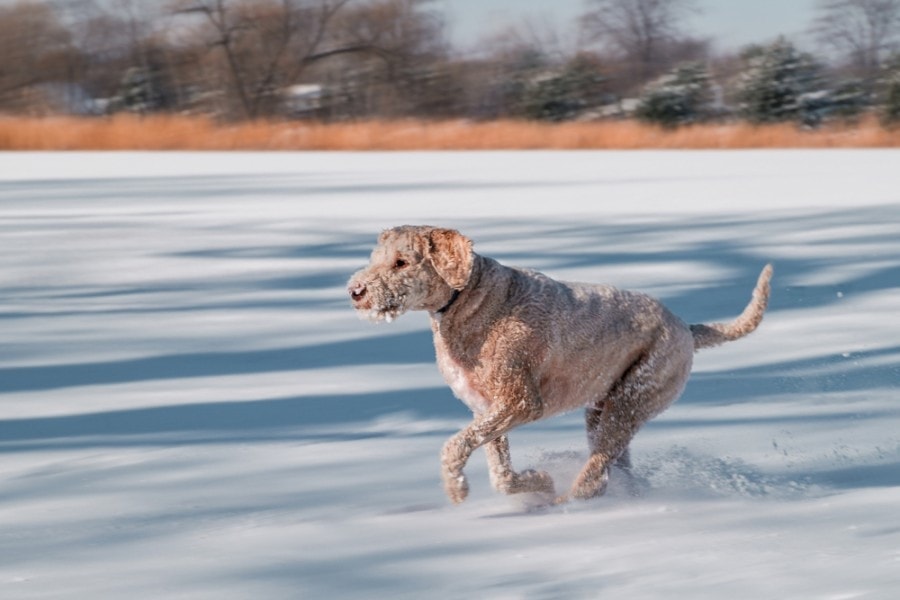
Training
Australian Labradoodles come from intelligent, highly trainable parent breeds that perform well when they have a job to do. They do best with positive-reinforcement training and early socialization, which is important for preventing dog or people aggression and reactivity.
Health & Care
Australian Labradoodles may benefit from the wide range of genes that produce them. Purebred dogs are often riddled with health problems because of their limited gene pool, but having up to six breeds contributing to the Australian Labradoodle may minimize the risk of inherited disorders compared to purebred dogs.
However, it does depend on the health of the parents, and not every breeder is focused on producing healthy offspring. Australian Labradoodles may be prone to Labradoodle health conditions like hip dysplasia, eye conditions, Von Willebrand’s disease, and Addison’s disease, as well as ear and skin infections from the Spaniels.
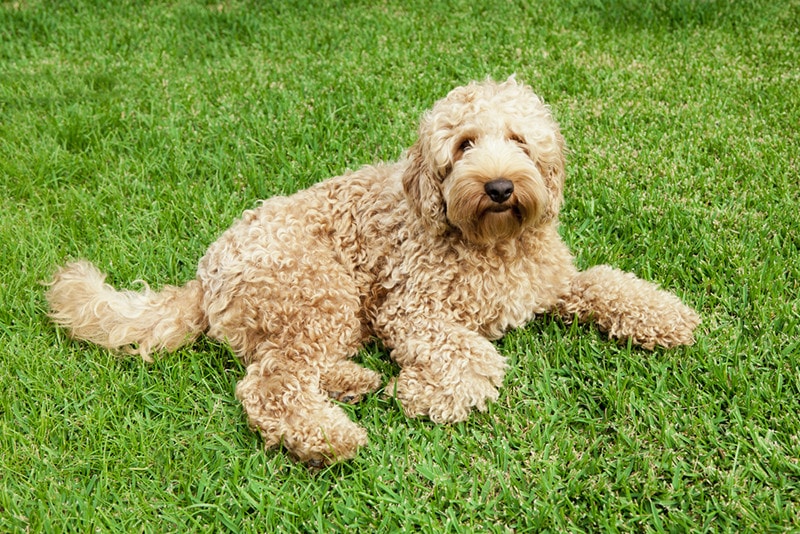
Suitable For:
Australian Labradoodles can adapt to many different environments. They’re a good choice for families with children because of their gentle nature, but they can excel as a companion for an active and outdoorsy owner or couple. Australian Labradoodles are a great choice for therapy work as well. They do enjoy time with their owners, however, so if you spend a lot of time at work or traveling, they’re not the best choice.
Goldendoodle Overview

Goldendoodles arose in the 1990s from designer dog breeders in Australia and the US. They’re a cross between Golden Retrievers and Poodles, lending to the name “Goldendoodle”. The original goal of the cross was to produce an alternative to the popular Labradoodle. Though not recognized by breed associations, Goldendoodles have been produced for several generations.
Goldendoodles can vary in size, coat color, and coat texture according to their parents. Generally, they have round heads, broad muzzles, a heavily feathered tail, and floppy ears with a long coat with straight, wavy, or curly texture and a range of colors. They come in Standard, Miniature, or Toy variants from the Poodle.
Personality / Character
Goldendoodles can have predictable traits of the parent breeds or unique traits. Most take after the Golden Retriever side with a friendly, affectionate, and trustworthy personality. They can be high energy and playful, so they make good family pets. Goldendoodles are prone to separation anxiety, however. Because of the gundog lineage, Goldendoodles have natural Retriever instincts.
Exercise
Goldendoodles were created from two active gundog and water retriever breeds. As a mix, they tend to have high energy and require a lot of physical and mental enrichment to thrive. However, a Goldendoodle raised in a mellow household will usually settle and enjoy more downtime.

Training
Both Poodles and Golden Retrievers are smart, obedient dogs, so Goldendoodle puppies are likely to exhibit these same traits. Both breeds respond well to positive reinforcement and consistency in training. Some Goldendoodles display undesirable traits like dog-directed aggression and fear, stranger fear, and separation anxiety, which aren’t common in the parent breeds. Early socialization and conditioning are important to have a well-adjusted puppy.
Health & Care
Depending on the breeding, Goldendoodles can be healthier than the parent breeds because of genetic diversity. Because of this breed’s popularity, a lot of breeders have been producing litters without adequately selecting the ideal parents. Some litters end up susceptible to health problems from both parents. Some of the common conditions seen in Goldendoodles include hip dysplasia, Von Willebrand disease, megaesophagus, skin allergies, ear infections, sensitive stomach, and a range of cancers.
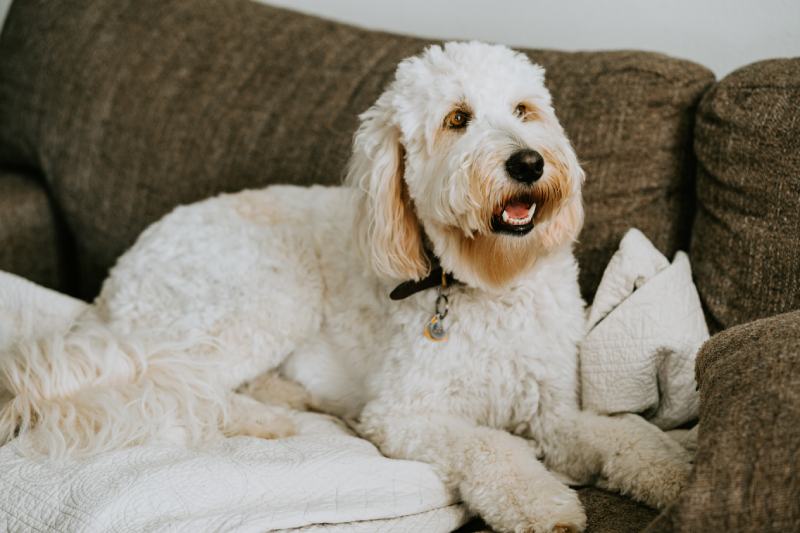
Suitable For:
Goldendoodles are versatile dogs that can thrive in a variety of homes, including family homes with children, with active owners, and in rural environments. They’re not ideal for apartment living unless the owner is willing to commit to a lot of brisk walks and outdoor exercise.
Which Breed Is Right for You?
Australian Labradoodles and Goldendoodles have a lot in common. They’re a similar size, come in similar coat colors and textures, and share desirable traits like intelligence, trainability, friendliness, and diligence. The Australian Labradoodle has a wider range of breeds than the Goldendoodle, however, which may contribute to better temperament and health with fewer behavioral issues.
Featured Image Credit: Left – Mariusz S. Jurgielewicz, Shutterstock | Right – Leiada Krozjhen, Unsplash



